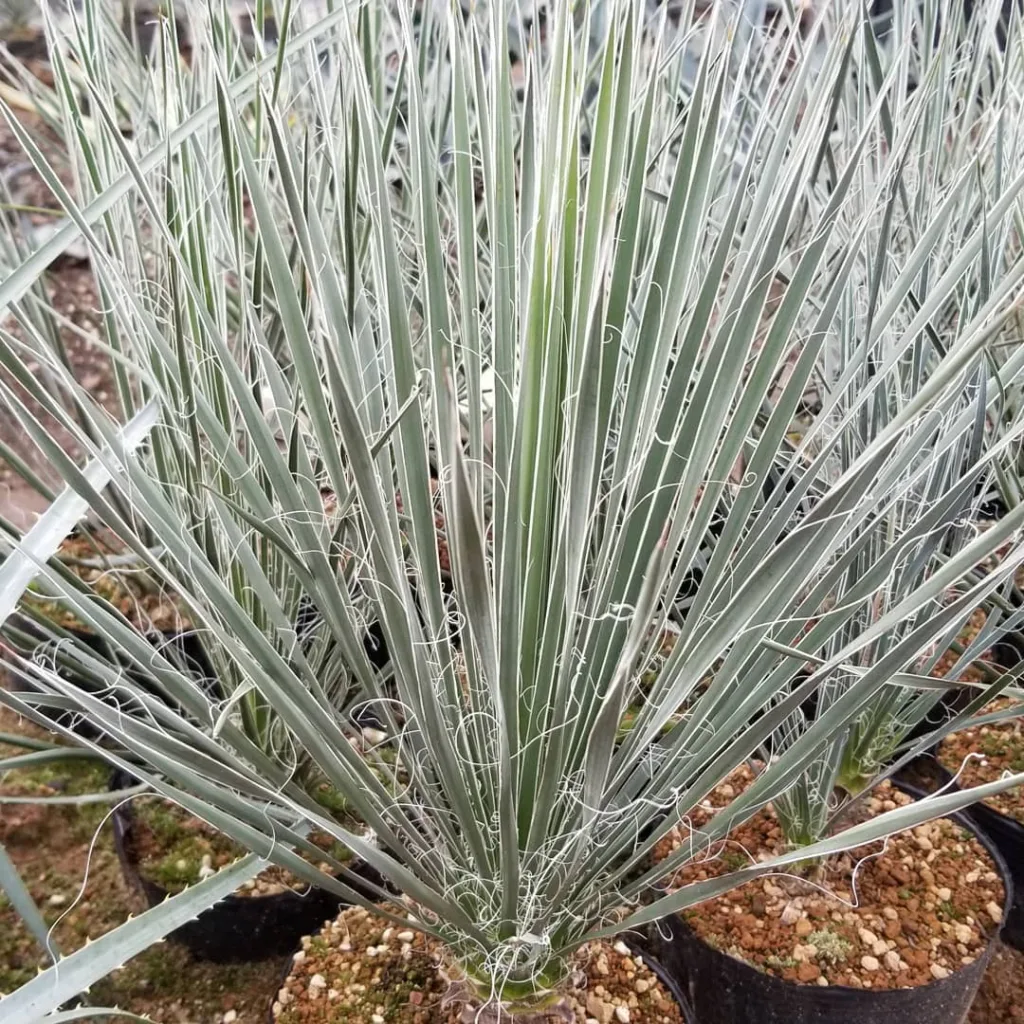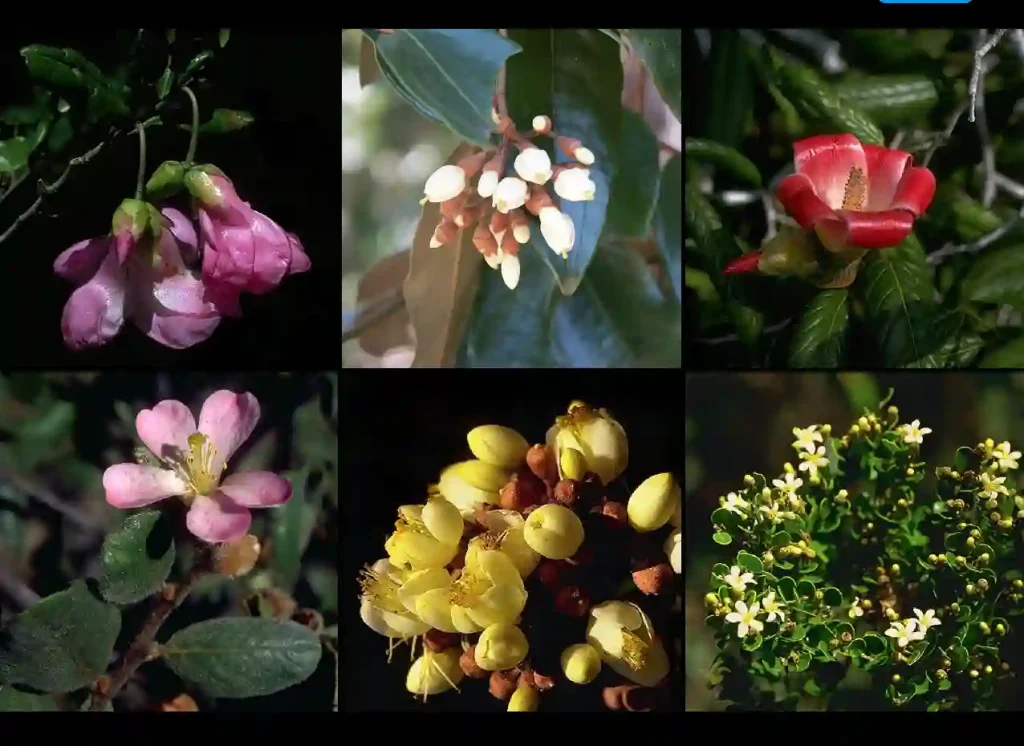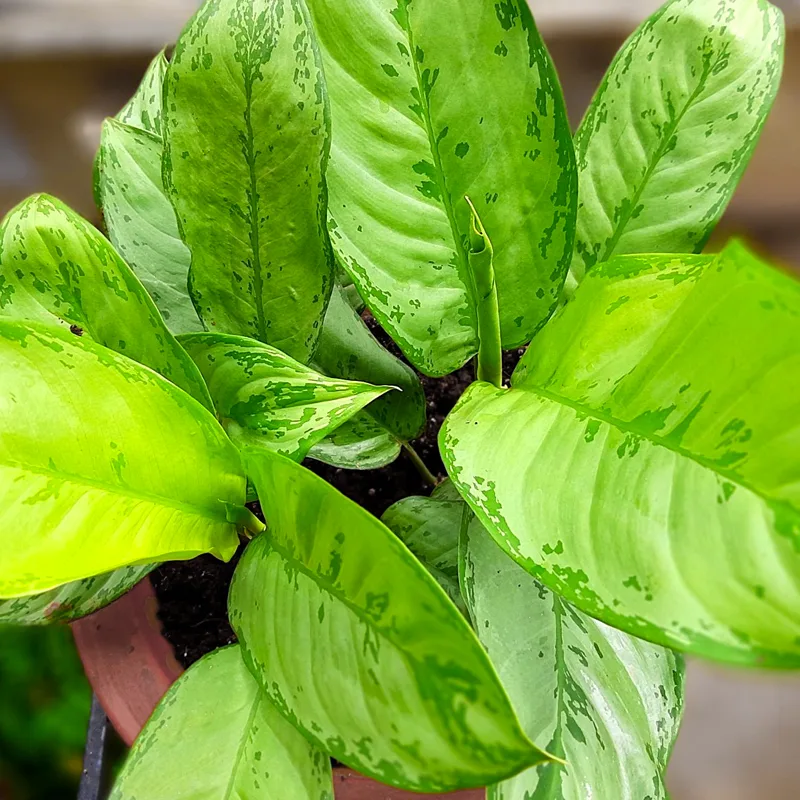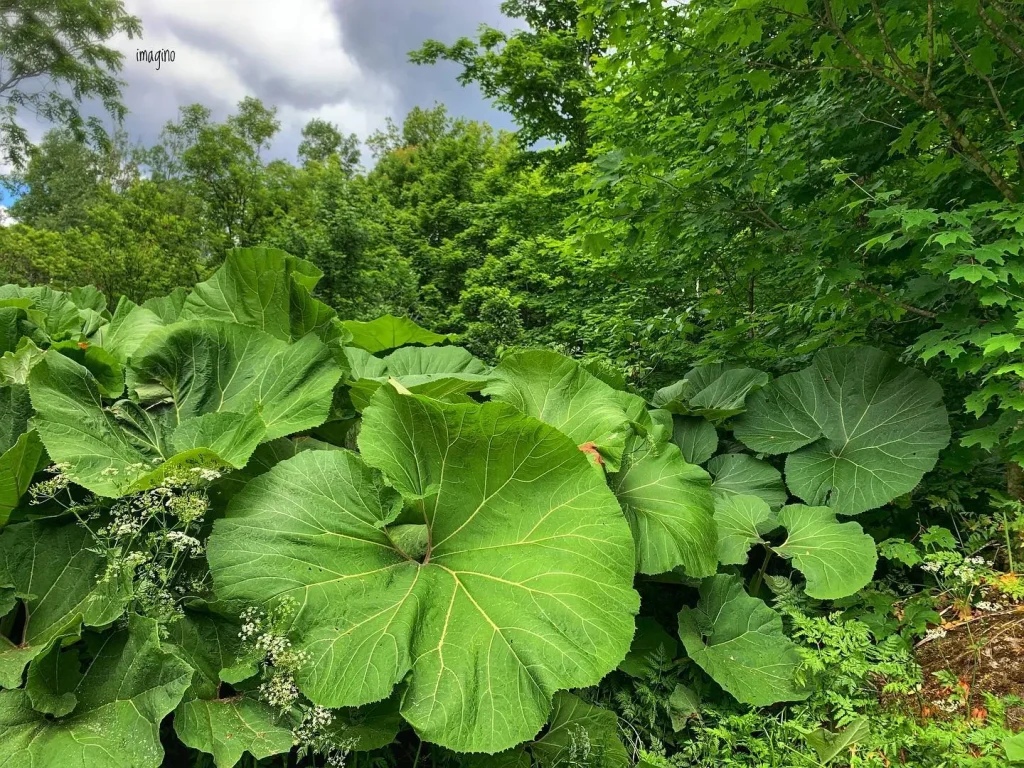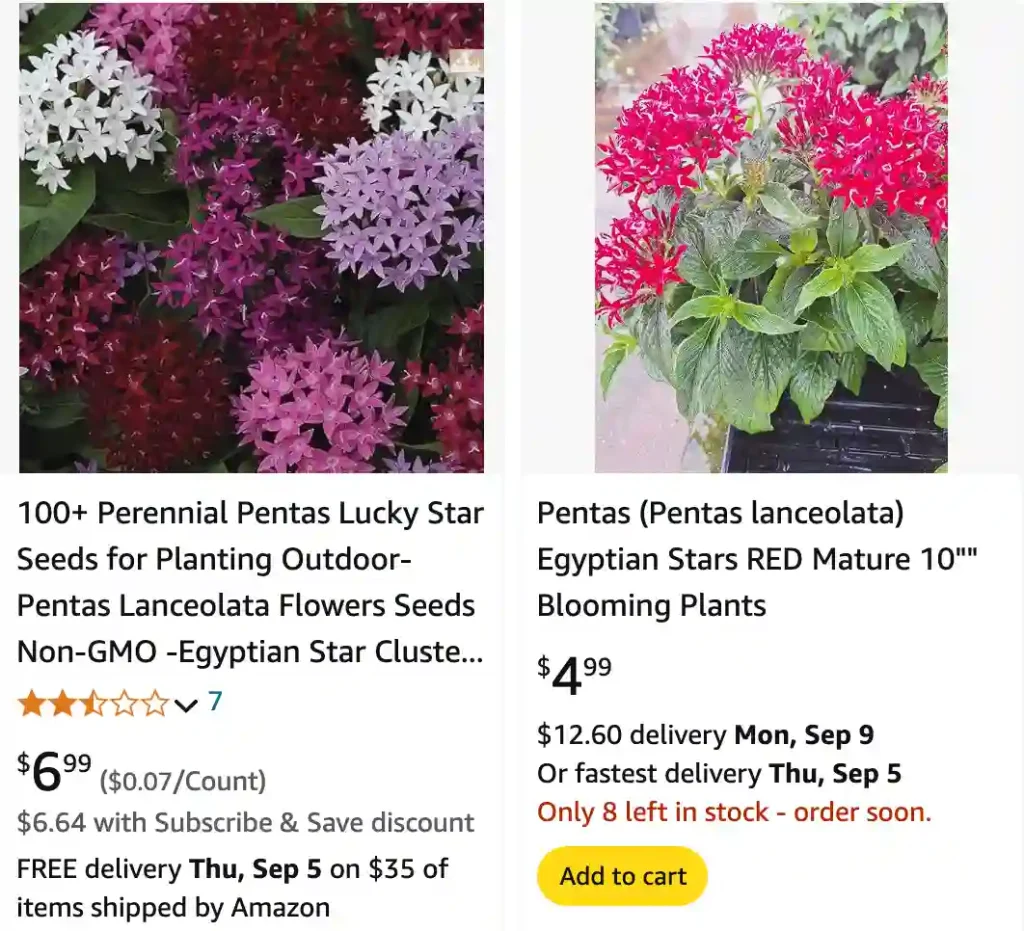
Frequently Asked Questions About Pentas Lanceolata
Pentas Lanceolata, often referred to as the “Egyptian Starcluster” or “Star Flower,” is a delightful plant with star-shaped blooms that attract butterflies and hummingbirds. Its vibrant flowers and ease of care make it a popular choice for gardens and landscapes. Here, I’ll answer some common questions and share additional information to help you get the most out of this beautiful plant.
What is Pentas Lanceolata?
Pentas Lanceolata is a tropical perennial belong to the Rubiaceae family, known for its star-shaped flowers that come in various colors like red, pink, white, and purple. Originating from tropical Africa and the Arabian Peninsula, it thrives in warm climates and is valued for its long blooming period, which can last from spring to fall.
16 Species in Genus Pentas
Is Pentas Lanceolata Poisonous to Dogs?
One of the frequent questions I get asked is whether Pentas Lanceolata is poisonous to dogs. The good news is that Pentas Lanceolata is not considered toxic to dogs. It’s generally safe to have around pets, though it’s always a good idea to keep an eye on them to prevent them from eating too many plants. If your dog shows unusual symptoms after eating any plant, it’s best to consult your veterinarian.
Are Pentas Lanceolata Florida Natives?
Pentas Lanceolata is not native to Florida. It is originally from tropical regions of Africa and the Arabian Peninsula. However, it is well-adapted to the Florida climate and is often used in gardens throughout the state due to its ability to handle the heat and humidity.
Is Pentas Lanceolata Perennial?
Yes, Pentas Lanceolata is a perennial in USDA hardiness zones 10 to 11, where temperatures remain mild year-round. In cooler climates, it is often grown as an annual or overwintered indoors. Its ability to thrive in tropical and subtropical environments makes it a popular choice for adding color to gardens in these regions.
How to Care for Pentas Lanceolata?
Caring for Pentas Lanceolata is relatively straightforward. It prefers well-drained soil and a sunny location, ideally receiving full sun for at least six hours a day. The plant is drought-tolerant once established but benefits from regular watering, especially during hot weather. Fertilize it monthly with a balanced fertilizer to promote healthy growth and blooming.
How to Propagate Pentas Lanceolata?
Propagating Pentas Lanceolata is quite simple. You can start new plants from cuttings or seeds. To propagate from cuttings, take a 4- to 6-inch cutting from a healthy plant and remove the lower leaves. Dip the cut end in rooting hormone and plant it in a pot with well-draining soil. Keep it moist and in a warm location until roots develop. For seed propagation, sow seeds indoors 8 to 10 weeks before the last frost date, and transplant the seedlings outdoors once the risk of frost has passed.
What to Plant With Pentas Lanceolata?
Pentas Lanceolata pairs well with a variety of plants due to its vibrant colors and attractive foliage. It complements other flowering plants like Marigolds, Lantanas, and Verbena. Additionally, it can be combined with foliage plants like Coleus or ornamental grasses to create a visually appealing garden bed.
Can You Grow Pentas Lanceolata Indoors?
While Pentas Lanceolata thrives outdoors in warm climates, it can also be grown indoors if you can provide the right conditions. Indoor plants need plenty of bright, indirect light and a warm, stable temperature. Ensure good air circulation and avoid placing the plant in drafty areas. Regular watering and occasional feeding will help maintain its health indoors.
Is Pentas Lanceolata Toxic?
As mentioned earlier, Pentas Lanceolata is not toxic to humans or pets. This makes it a great choice for family gardens and landscapes where children and animals play. Always ensure that plants are not consumed in large quantities, as this can cause gastrointestinal issues, but Pentas Lanceolata is generally safe.
Benefits of Pentas Lanceolata
Pentas Lanceolata offers several benefits. Its long flowering period provides continuous color in the garden. It’s also low-maintenance and attracts pollinators like butterflies and hummingbirds, which can enhance the biodiversity of your garden. Its drought tolerance makes it an excellent choice for water-wise gardening.
Common Problems with Pentas Lanceolata
One common issue with Pentas Lanceolata is susceptibility to powdery mildew, especially in humid conditions. To prevent this, ensure good air circulation around the plant and avoid overhead watering. Regularly inspect your plants for pests such as aphids or spider mites, and treat them promptly with appropriate methods if needed.
Comparing Pentas Lanceolata with Similar Plants
Pentas Lanceolata is sometimes confused with plants like Lantana or Verbena due to their similar flower shapes and colors. However, Pentas Lanceolata generally has a more compact growth habit and longer bloom period compared to these other plants. Lantana is known for its more aggressive spreading nature, while Verbena typically has a shorter blooming season.
I hope this overview helps you understand and care for Pentas Lanceolata better. Whether you’re adding it to your garden or growing it indoors, it’s a versatile and attractive plant that can bring vibrant color and joy.
If i die, water my plants!
